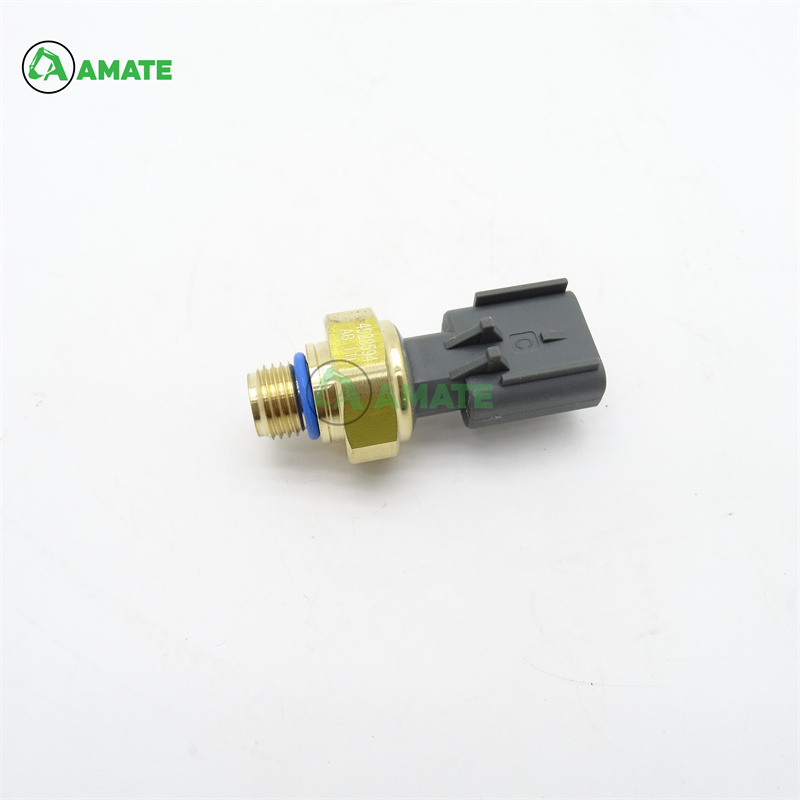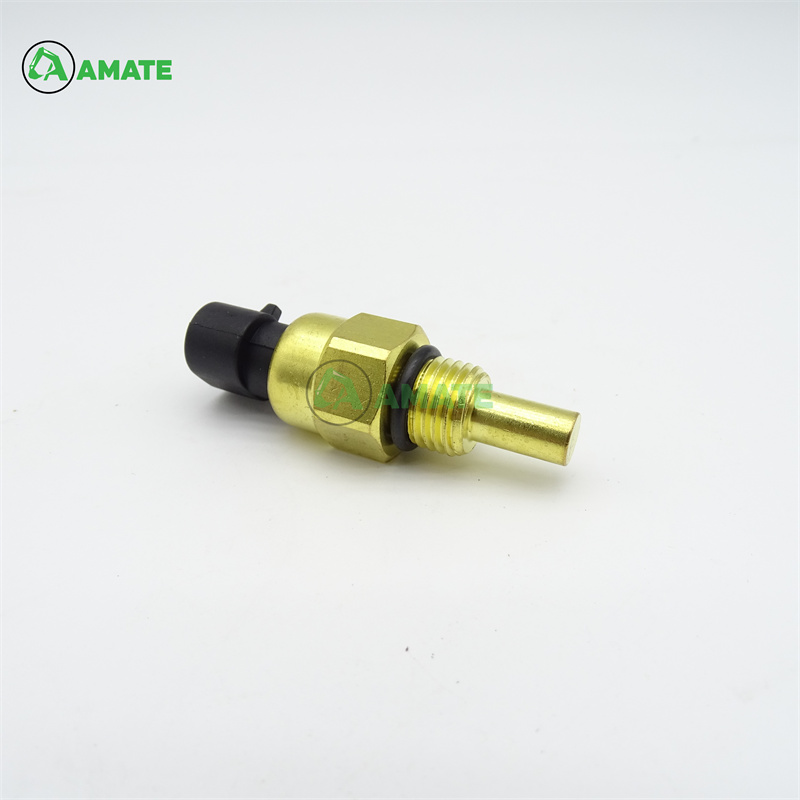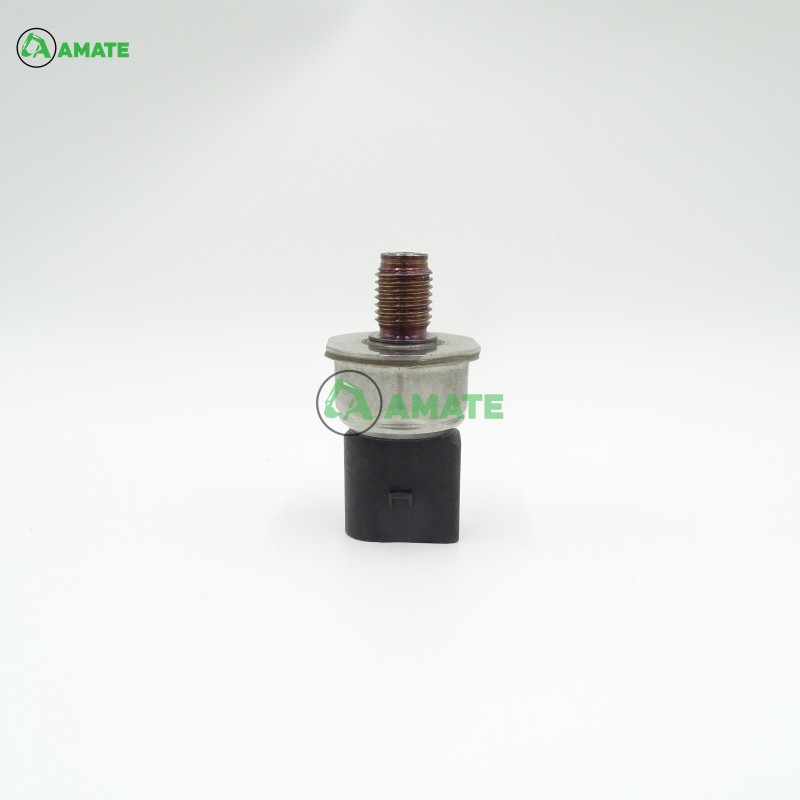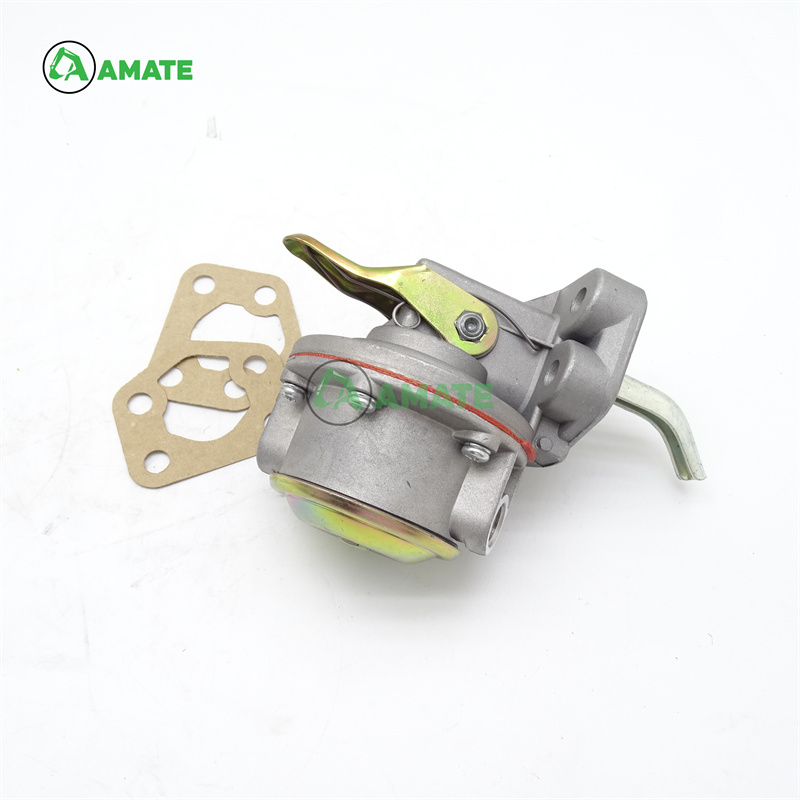Technological Evolution and Market Challenges of Transmission Control Solenoid Valves
As a core component of the automotive electronic control system, the gearbox control solenoid valve is closely related to the technical trends of new energy vehicles and intelligent driving. The following is an analysis from three aspects: technology, market and challenges:
Technology Trends
As the gearbox develops towards multi-gear and lightweight, the response speed, accuracy and durability of the solenoid valve have become the focus of technological breakthroughs. Integrated design (such as integrating sensors with valve bodies) and material innovation (such as high-temperature resistant engineering plastics) are the main directions. Although pure electric vehicles do not require traditional gearboxes, the electric drive system still requires high-precision solenoid valves to manage coolant flow and promote product functional differentiation. The popularization of intelligent driving requires deep coordination between solenoid valves and vehicle control systems, and software algorithm optimization has become a new competitive point.
Market Dynamics
The global market size maintains an average annual growth of 5%-8%, of which the Asia-Pacific region accounts for more than 40%, benefiting from the expansion of local new energy vehicle production capacity. Aftermarket replacement demand accounts for about 30%, but the increase in third-party compatible products has led to intensified price competition. At the policy level, countries’ emission regulations have become stricter, promoting the upgrade of solenoid valve energy efficiency standards, forcing companies to develop low-power products. In terms of supply chain, the price fluctuation of rare earth materials directly affects the cost of permanent magnets, and manufacturers are accelerating the exploration of rare earth-free technology paths.
Industry Challenges
The long test and verification cycle (need to match different gearbox models) and the unstable supply of automotive-grade chips are the main bottlenecks. In addition, if the wire-controlled chassis technology becomes popular, it may reshape the demand pattern of traditional valve products. Small and medium-sized manufacturers face the pressure of vertical integration of leading companies and need to seek differentiated living space through specialized market segments (such as commercial vehicle high-pressure valve bodies).
Overall, the industry has high technical barriers, but it is obviously driven by the transformation of the automotive industry. Future competition will focus on system integration capabilities and forward-looking technology reserves.









